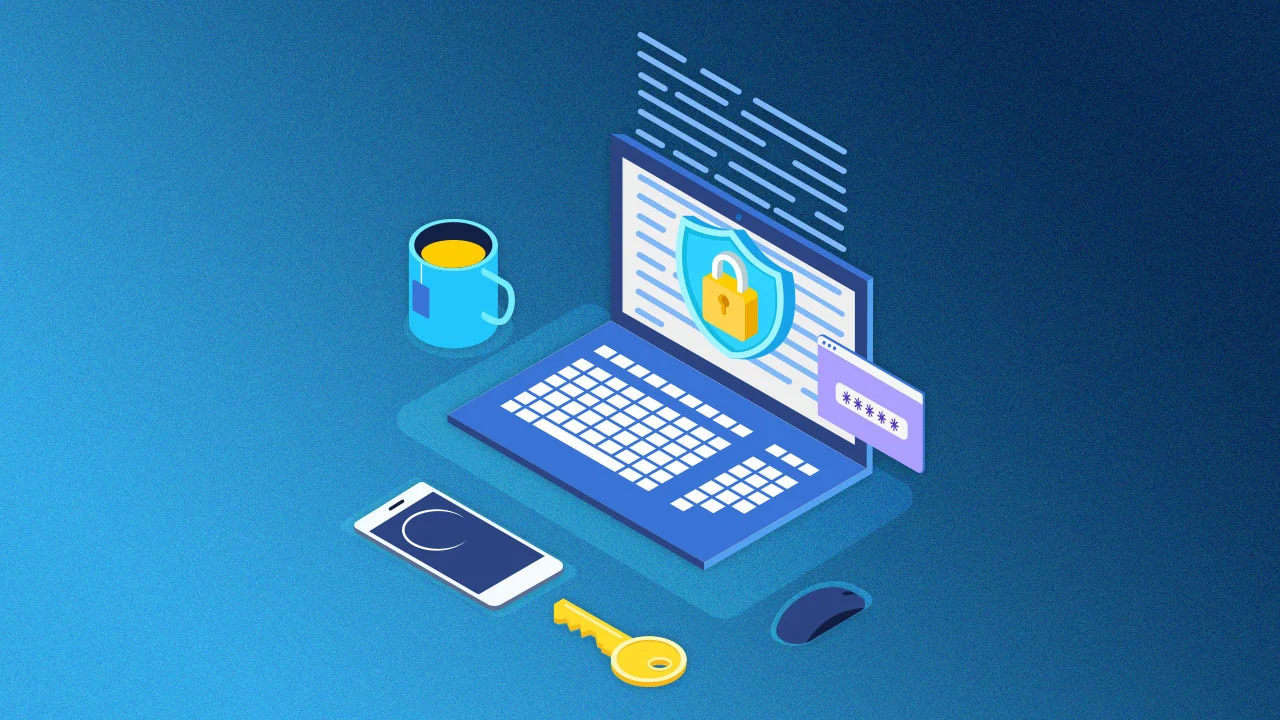Most people in today’s high-tech world use the cloud daily. Computing in the cloud is nothing more than items like servers, software, and storage residing on the internet rather than on a physical device in somebody’s home or office. One of the reasons that this type of computing has gained popularity is because people that use this type of technology can make it as large or small as they like to be as efficient as possible.
The Nuts and Bolts of a Cloud System
Not long ago, large companies would have giant rooms filled with computer servers and networking equipment. Today businesses can avail themselves of the same type of technology with someone else offering all the hardware.
The benefits that this provides a company come in the form of not having to pay a considerable upfront cost to get this equipment. They also benefit on an ongoing basis by not having to maintain a large IT staff to keep the system humming.
The Types of Cloud Systems Available
Cloud computing services and products available today offer a host of functionality to users, such as large amounts of storage, applications used daily, or networking between several locations. Most cloud solutions revolve around having something at your disposal without being physically located next to the device providing the solution.
Whenever a person jumps onto their mobile device and checks their email, this is a perfect example of working with the cloud. Even when that same mobile device backs up all of its contacts, music, and videos to a server, this is another example of this type of computing.
Whereas it used to be the case that end users would buy a piece of software and then install it on some type of machine, today the same software is available through the cloud. This change not only offers convenience for the end-user, but software makers benefit from subscription services monthly for their products.
How a cloud system gets described usually revolves around what type of technology is involved and how that technology gets used. The first level of a cloud system is Infrastructure as a Service or IaaS. At a level above that, there is something called Platform as a Service or PaaS.
Both of these types of computing usually revolve around businesses that develop software or build things like operating systems, databases, or development tools. While these types of cloud systems are quite common in the business world, most individual users have little interaction with these types of systems.
Most people interact with something called Software as a Service or SaaS daily. As mentioned before, these are things like email systems, mobile phone backup systems, and items such as database managers and spreadsheets that reside on a remote server but get accessed by individual users. The benefit of this system to end users is easy access to a wide array of products and services in an almost instantaneous fashion.
Why Cloud Systems Works So Well for So Many People
The benefits of cloud systems often revolve around a much lower upfront cost to access the latest technology products. This lower cost is especially true for companies that may need access to several different software programs simultaneously.
In a large setting like this, another benefit is the economy of scale in play because a good cloud system can expand and contract as needed. There is also the benefit of every member of an organization being able to access the same data and programs all at once.
Since keeping up-to-date with technology is vital to both individual users and businesses, using cloud systems keeps everyone on the cutting edge because the products and services getting served are generally the most up-to-date versions. This efficiency saves businesses quite a bit of money in terms of upfront costs keeping the latest version of products and services they use.
Almost every technology user in the world today understands that cloud base technology is the way of the future. As more and more individual and business users move to the cloud, they begin to understand the tremendous benefits and cost savings that this emerging technology offers.
